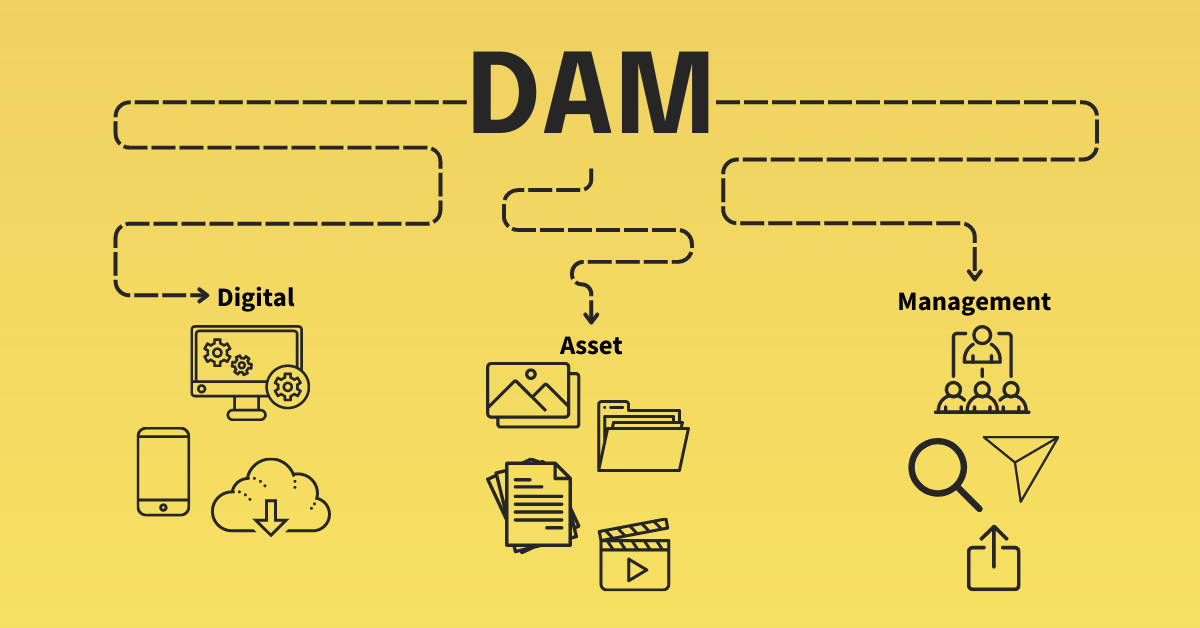Our Stuff v. My Stuff: Brand-Driven or Personal Control?


Brand consistency is a goal of every organization. Ensuring that everyone on the team is on the same page and telling the same story is how brands thrive. But, of course, like many things, that is easier said than done.
Getting to that level of brand consistency is an ongoing and big challenge for every organization and it is complicated by how each organization chooses to manage its digital assets.
At the most basic level, there is a philosophical choice about how to manage the brand’s assets and that choice is whether the company organizes digital assets at the personal level or is brand-driven in their approach. There’s a fundamental difference between cloud-based file hosting built with the individual as the center (like Google Drive, Dropbox, etc.) and cloud-based file hosting built with the organization as the focus (like all dedicated digital asset management services, including Image Relay). It does not mean that these two approaches are necessarily at odds, however. They can work well together and serve the needs of individual contributors and the organization as a whole.
Benefits of Personal Control
“My stuff” - Being able to decide how to organize your files and workflow is great . . . for you. You can have your regularly used files immediately at your fingertips and you can control the taxonomy and folder structures that make sense for your personal workstyle.
Flexibility - When each individual gets to organize items how they want, there is no need to have each individual fit into a particular structure. This type of flexibility can be beneficial for personal efficiency.
Tends to be less expensive - Options like Google Drive or basic Dropbox are less expensive than enterprise systems, but they can get costly as an organization adds users and gets very large.
Drawbacks of Personal Control
Lack of transparency - When individuals control assets, one individual may not know that a colleague has the file they need, or it may be saved with a filename that makes no sense to the person who needs the file. Not knowing where to find something can cause significant frustration and delay.
Slower collaboration - Like with the lack of transparency, individual control can slow down collaboration because everyone may not be on the same page from the beginning. Team members have to negotiate things like file locations, naming conventions, and organizational structures instead of just getting to work.
Potential brand inconsistency - All of your team may not be on the same page if they are using their own copies of files. “Missing the memo” is easier when control is distributed and this can lead to confused brand communication.
Bad users - We always hope that everyone will be an A-player or at least a B-player, but there are many out there who don’t always operate at their best. And maybe it’s just part of their work - like the other worldly creative person who just can’t respond to emails. With personal control of assets, these bad habits can pop up more and hurt the team from working together as best they could.
Benefits of Brand-Driven Control
“Our Stuff” - With a centralized digital asset management platform, the brand’s finalized assets are all in one place. Your team can then all be on the same page working with “our stuff” instead of just their personal copies of files.
Collaboration - When everyone is working with the same files, collaboration becomes easier. There is less of a risk of miscommunication about which files should be used.
Transparency - Figuring out who has what should not happen in an organization-level system. The naming conventions, folder structures, and metadata management have been decided so it’s easy for users to access the right files and understand their content and context.
Speed to Market - With organization-level management, many questions are already answered. There is less need to discuss how and where to store things and energy can be more appropriately directed toward distribution.
Drawbacks of Brand-Driven Control
Tends to be more expensive - Organization-wide platforms are more expensive than many of the individual-focused options. For digital asset management, this can mean around $1000 a year on the very low end all the way up to $10,000+ per month for enterprise systems. With large organizations, however, the per user cost may actually be less even with an expensive enterprise system than with a individual-focused product.
Requires training - Unlike individual storage options where everyone is free to work how they want, organizational-level products do require upfront training for users to ensure everyone is using the product appropriately and following the procedures of the organization.
There is no one size fits all answer to these issues and we’ve seen many companies use both types of products in tandem. Individual users may have their own storage options for working files and then final art is in a digital asset management platform for the team to access and utilize.
You know yourself and your team better than anyone so it’s up to you about which products will work best. Hopefully this post provides some things to consider about the benefits and drawbacks of the various options for you to make the right decision.



